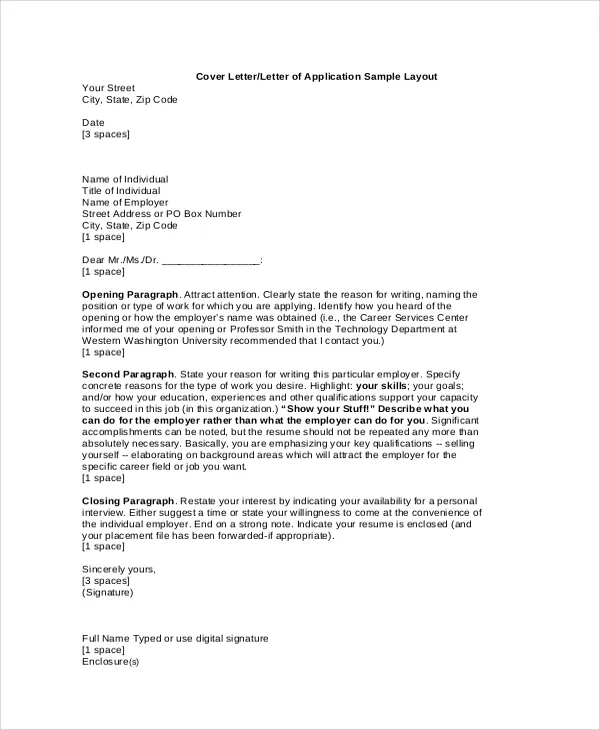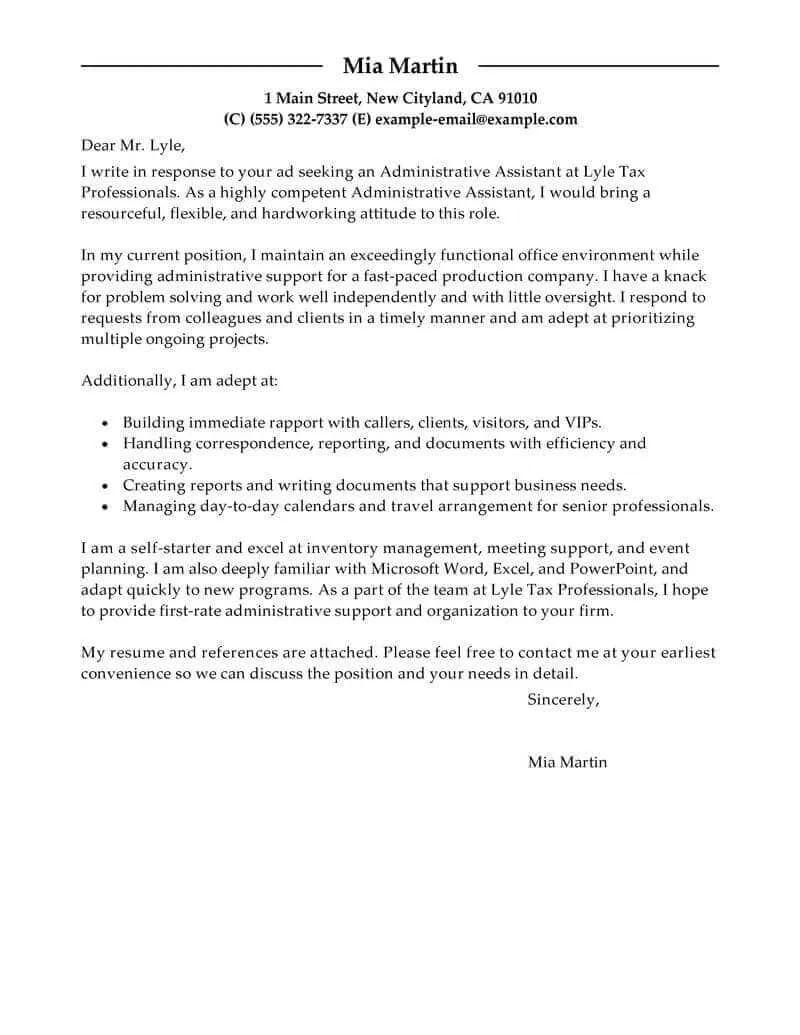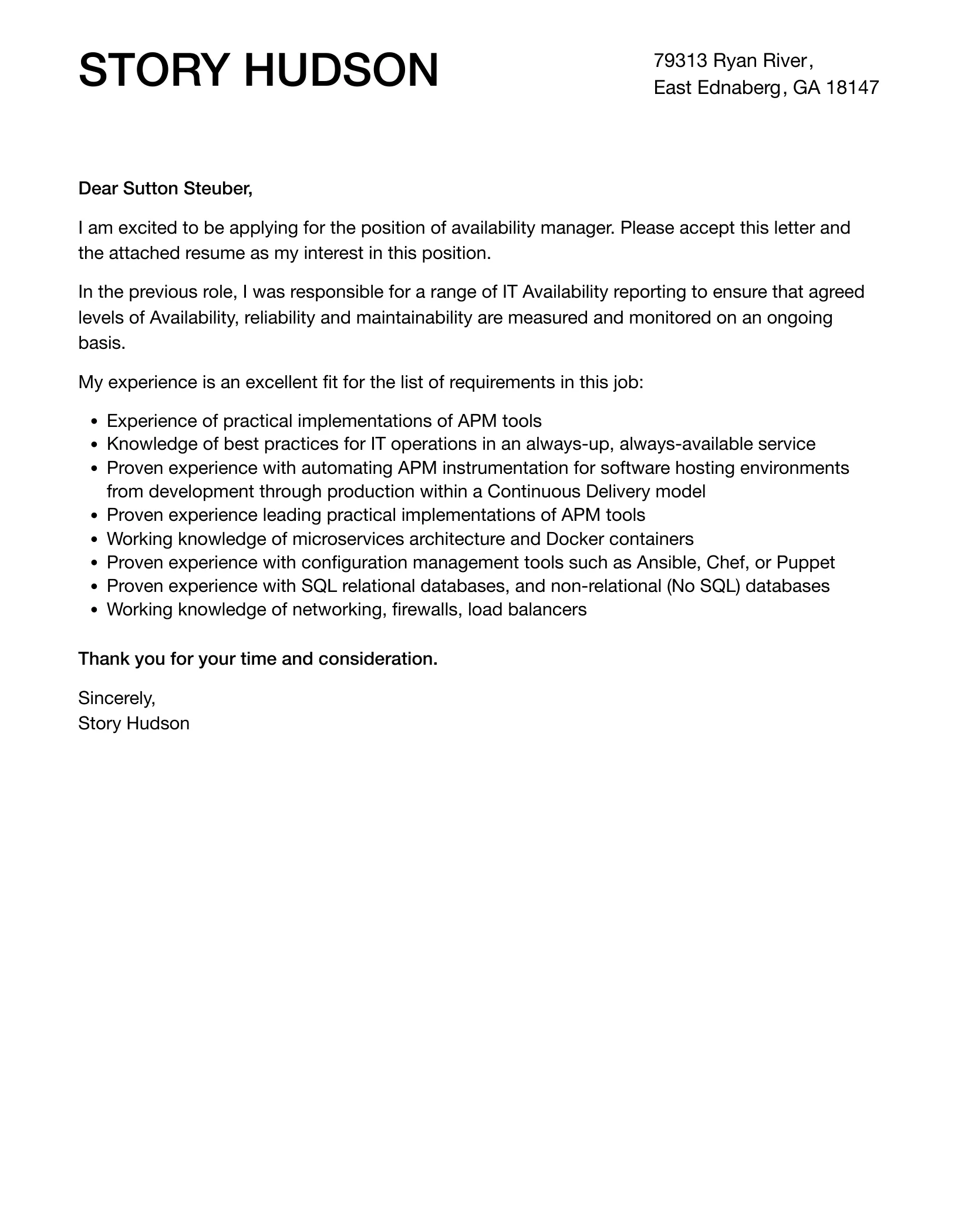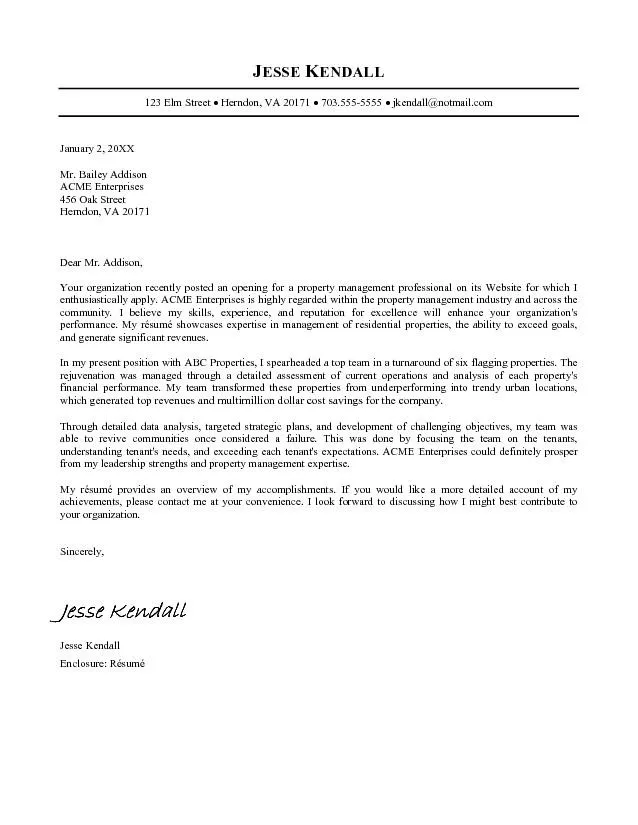Understanding the Importance of a Cover Letter
A cover letter is more than just a formality; it’s your initial handshake with a potential employer, the first opportunity to make a compelling case for why you’re the perfect fit. It acts as a personal introduction, a chance to humanize your resume and provide context to your qualifications. In the competitive job market, a well-crafted cover letter can be the deciding factor in whether your application makes it to the next round. It highlights your personality, enthusiasm, and genuine interest in the role and the company. This document provides a platform to elaborate on specific skills and experiences, illustrating how you can contribute to the organization’s success. It’s your chance to stand out from the crowd and demonstrate your unique value proposition.
Key Components of a Cover Letter
A successful cover letter requires several essential components. Begin with a professional header, including your contact information and the date. Address the hiring manager directly, if possible; a personalized greeting demonstrates your research and initiative. The body of your letter should include a compelling opening paragraph, a skills and experience section, and a strong closing paragraph. Within the body, articulate your understanding of the job requirements and the company’s mission. Highlight your relevant skills and accomplishments, backing them up with specific examples. Conclude by expressing your enthusiasm for the opportunity and a clear call to action, such as requesting an interview. Remember to tailor each cover letter to the specific job and company, demonstrating your genuine interest and suitability.
Your Skills and How to Showcase Them

The core of your cover letter should focus on showcasing your top skills. Identify the skills most relevant to the job description, both hard and soft skills. Hard skills are technical abilities specific to the job, such as proficiency in software or industry-specific knowledge. Soft skills encompass your interpersonal abilities, like communication, problem-solving, and teamwork. Instead of simply listing skills, weave them into your narrative, providing concrete examples of how you’ve utilized these skills to achieve positive outcomes. Use action verbs to describe your accomplishments, quantify your achievements whenever possible, and align your skills with the employer’s needs. This approach not only demonstrates your capabilities but also shows the hiring manager the value you can bring to their team. Focus on the skills that make you a strong candidate.
Highlighting Your Relevant Skills
When highlighting your relevant skills, delve deeper than a simple list. Select the skills that directly align with the job description and elaborate on them. For each skill, provide a brief description of how you’ve used it in the past. For example, if the job requires strong communication skills, describe a situation where you successfully communicated complex information to a diverse audience, resulting in a positive outcome. If teamwork is essential, explain your role in a team project, highlighting your contributions and the project’s results. Focus on skills that differentiate you from other candidates, and provide specific examples that prove your abilities. Tailoring this section to each job application is important, selecting and explaining the most important skills as requested by the job posting.
Quantifying Your Achievements
Quantifying your achievements is a powerful way to demonstrate the impact of your skills. Whenever possible, use numbers, percentages, or specific data to illustrate your accomplishments. Instead of stating that you improved customer satisfaction, state that you ‘increased customer satisfaction scores by 15% in six months through implementing a new customer service strategy’. Instead of claiming to have managed projects, state that you ‘managed five projects simultaneously, delivering them on time and under budget’. Quantifiable results provide concrete evidence of your capabilities and make your cover letter more persuasive. Always make sure the numbers reflect accurate data and align with the company’s values and goals. This provides additional proof to back up your claims.
Demonstrating Your Value to the Employer

Demonstrating your value to the employer is crucial for securing an interview. Research the company thoroughly and identify their needs, challenges, and goals. In your cover letter, explain how your skills and experience align with these aspects. Show the hiring manager how you can solve their problems, contribute to their objectives, and enhance their team. Use specific examples from your past experiences to illustrate the value you can bring. Emphasize the unique benefits of hiring you, focusing on your contributions to the company. By clearly articulating your value proposition, you increase your chances of standing out and making a positive impression on the hiring manager.
Stating Your Availability
Including your availability is a key aspect of your cover letter, as it informs the employer of your readiness to start the job. State your availability clearly and concisely, whether you can start immediately or after a certain date. If you have a notice period with your current employer, mention the duration. If you are flexible with your start date, make sure to indicate this in your cover letter. This will allow the hiring manager to understand your availability and assess if it aligns with their needs. Ensure that your availability is consistent with the information on your resume and any other application materials. This shows your professionalism and attention to detail. Making sure this is included is one of the main goals of the cover letter.
Including Your Availability in the Cover Letter
When including your availability, place it strategically in your cover letter. The best location is usually in the closing paragraph, immediately before your call to action. For example, you could write, ‘I am available to start immediately and am eager to discuss how my skills and experience can benefit your team.’ If you have a specific start date, mention it clearly. For example, ‘I am available to start on November 1st, following a two-week notice period at my current position.’ Ensure your statement is concise and reflects your commitment to the opportunity. Keep the tone professional and enthusiastic, emphasizing your readiness to begin contributing to the company’s success.
Formatting and Structure

A well-formatted cover letter is easy to read and visually appealing. Use a professional font like Arial or Times New Roman, with a font size of 11 or 12 points. Maintain consistent formatting throughout the document, with clear headings, subheadings, and paragraphs. Use a business letter format, including your contact information, the date, and the hiring manager’s name and address. Keep your paragraphs concise and focused, with each paragraph addressing a specific point. Aim for a one-page cover letter, unless specifically requested otherwise. Well structured cover letters are important for the reader to understand the writer and their goals.
Proofreading and Editing for Perfection
Proofreading and editing your cover letter is the final and crucial step. Errors in grammar, spelling, or punctuation can damage your credibility and undermine your chances of getting hired. Carefully read your cover letter multiple times, checking for any mistakes. Use a grammar checker and spell checker, but don’t rely on them entirely; they may miss subtle errors. Ask a friend, family member, or career advisor to review your cover letter and provide feedback. Ensure your tone is professional, enthusiastic, and consistent throughout the document. Before submitting your application, make sure your cover letter is error-free and polished, presenting you in the best possible light.
